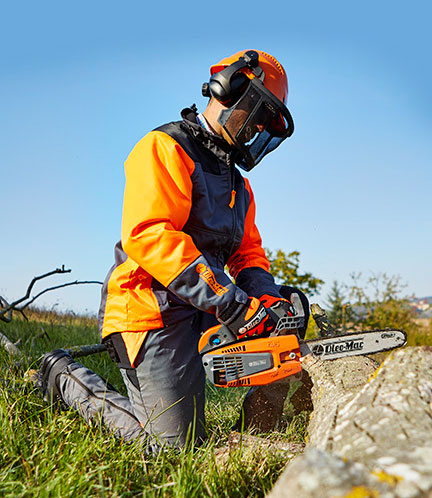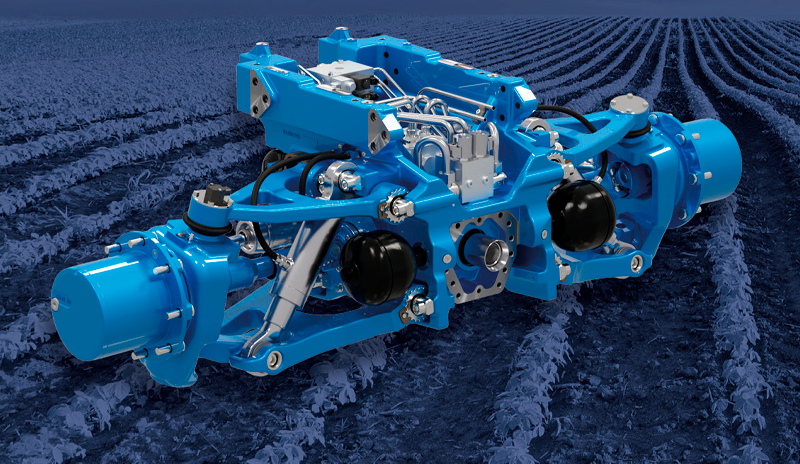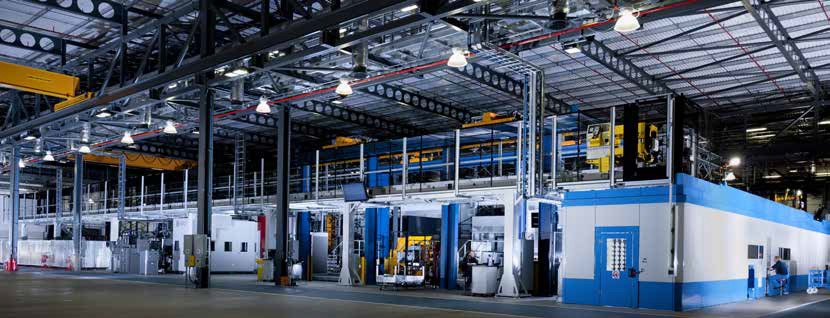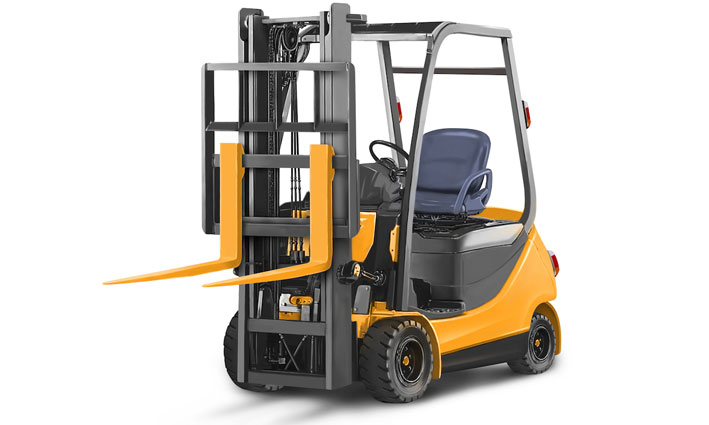True-Load
Load Calculation Software for Product Engineering
True-Load is a product of Wolf Star Technologies.
True-Load is a product of Wolf Star Technologies.
True-Load is a first to market to solution that leverages FEA models to place strain gauges on unmodified physical parts and then back calculate loading. Output directly feeds into True-QSE events, a powerful post processing tool that supports rapid virtual iteration. True-Load directly interfaces to FEA fatigue software to make FEA based fatigue with correlated loading events a natural part of the design cycle.
One of the most challenging tasks for an analyst is to develop load cases for their FEA model that match measured strain values. Typically, it will take weeks to develop the right load cases that match just one or two strain gauges at a single point in time.
True-Load makes that situation a thing of the past. True-Load will determine optimal gauge placement based on the FEA model. Once strains are collected at these optimal gauge locations, the strain data is read into True-Load to calculate load time histories that will typically match the measured strain to within 2% at every point in time. When combined with True-QSE, interrogating any point in the model for strain, stress or displacement is easy and interactive. Typically, it takes a few minutes to determine the strain gauge placement and a few minutes to back calculate the loading profiles.


Send your technical questions to our experts!
Connect you with an EnginSoft expert who can provide a reliable answer to your technical question or recommend a
proven solution.

CASE STUDY
The avoidance or reduction of chainsaw kickback is a key safety feature for manufacturers. The challenges for engineers are to obtain more accurate analyses of the problem over the tool’s lifecycle.
maplesim maple mechanics ansys consumer-goods

CASE STUDY
The purpose of the case study was to implement a design methodology that used multi-disciplinary simulation and an automated process to analyse thousands of product configurations and highlight vehicle performance distributions in terms of handling, comfort, and cost. This approach ensures that the best solution is always selected.
mechanics modefrontier automotive optimization

CASE STUDY
In this technical case study, EnginSoft was called in to assist in the application of Computational Fluid Dynamics (CFD) to model the flame size of a regeneration gas-fired heater for a project in Oman.
ansys mechanics energy oil-gas

CASE STUDY
Nederman’s Air Purification Tower is the perfect choice if source extraction is not a satisfying option.
ansys mechanics

CASE STUDY
A client wanted to evaluate the dynamic performance of a new-concept forklift, so a fully-functional multibody model of the forklift was built by assembling the client’s CAD geometries.
multibody automotive mechanics recurdyn